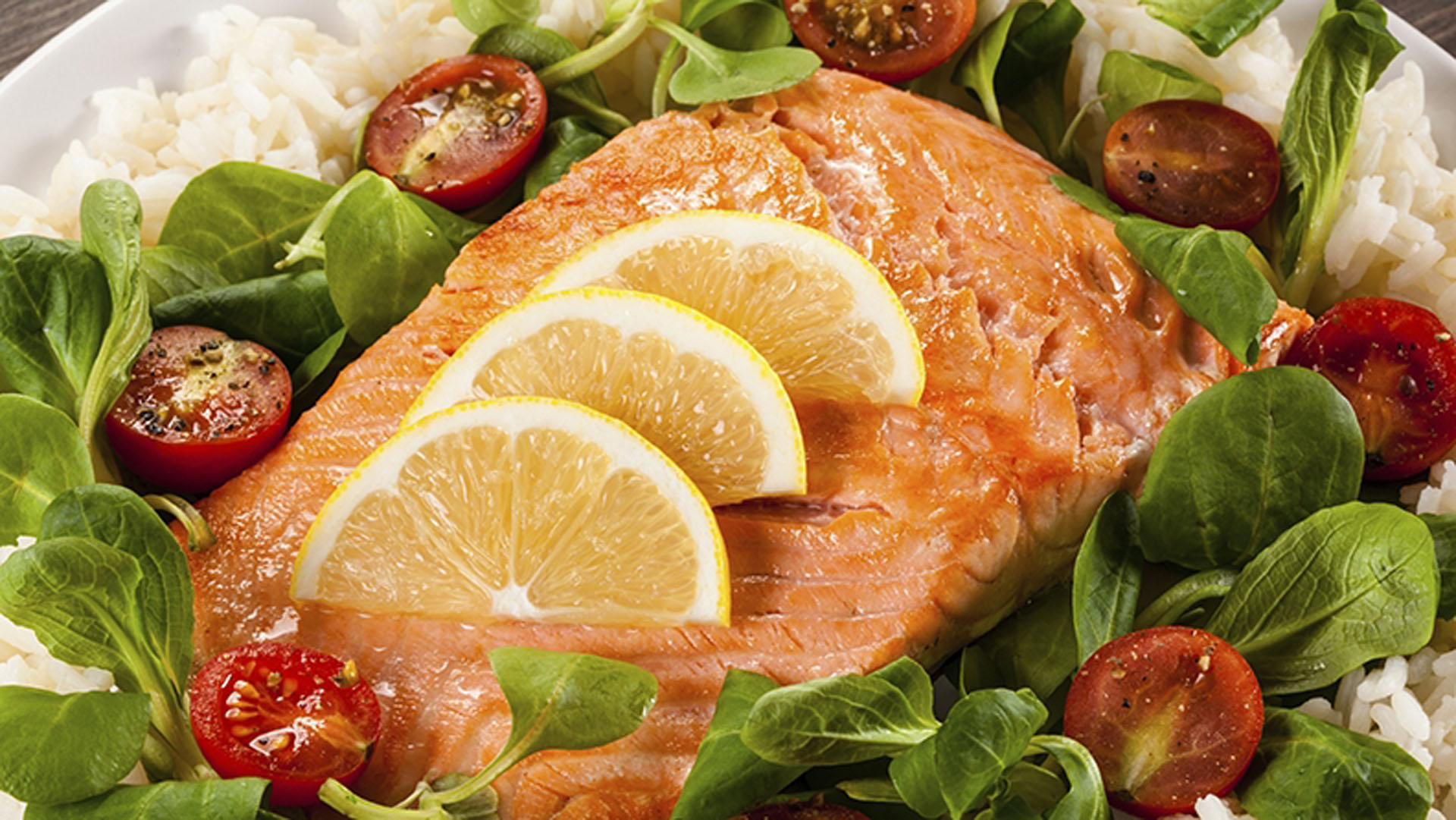-
Arthritis can be a complex and debilitating disease. In numerous forms, it affects nearly four million Australians and there is no cure at present. It can be hard for people with arthritis to know what they can personally do to keep this monster in check.
Evidence is growing that a simple diet change can make a big difference. Every meal, snack or drink you consume is an opportunity to reduce the control arthritis has on your body. It’s possible to eat yourself better.
The basic logic of what to eat is straightforward. Arthritis in most forms causes high levels of inflammation. Certain foods are proven to make inflammation worse and are to be avoided. Others reduce inflammation and are known as anti-inflammatory. These are the ones to eat more of. As the brains at the Cleveland Clinic Academic Medical Center, USA say: “Almost everything we eat either encourages or discourages inflammation.”
Thankfully there are lots of anti-inflammatory foods. Most are delicious and you’re probably eating many already. Unfortunately, the complex part is determining what sits in the good and bad columns. Studies in this area are tough reading and there are many to digest.
To keep it simple, here are five guidelines based on the best evidence available.
5 tips for an anti-inflammatory diet
1. Find ways to cram lots and lots of different veggies into your diet. Every one has a different bundle of bountiful benefits. Standout performers for their anti-inflammatory properties are sweet potatoes, broccoli and red onion.
2. Eat foods with omega-3 fatty acids, proven across several studies to be anti-inflammatory. Salmon is a great example. Serve for breakfast with eggs, as a warm salad topping for a lunch, or as the main event for dinner.
3. Spice up your diet – lots of well-known spicy foods have anti-inflammatory effects. Cinnamon, turmeric, chili and ginger are all great candidates, with different levels of flavour and sweetness to suit different palates.
4. Swap refined grains, which can contribute to inflammation, for whole grains. Oats, quinoa, spelt, brown or wild rice and buckwheat are all great options to replace white rice and wheat. As the winter months arrive, it’s a great excuse for a bowl of porridge for breakfast. Be sure to add cinnamon.
5. Finally, avoid the dreaded trio of sugar, trans fat and saturated fat, as each can increase inflammation. If you cut out processed foods, you’ll reduce your intake of all three in one go! Honey is a great natural substitute for sugar. Olive and brown rice oils can replace processed oils.
Saying you follow an ‘anti-inflammatory diet’ doesn’t roll off the tongue easily, or sound very exciting. But its effect on your wellbeing will have you singing from the rooftop for years to come.
A diet to fight arthritis

-
How to set up your bedroom for better sleep
The sleep experts share some secrets.
-
5 healthy habits (and how to keep them)
New Year's resolutions are easy to make and hard to keep. Discover how to make healthy habits for 2024.
-
How to feel more connected this festive season
Feeling stressed or lonely this festive season?
-
Life’s a beach
If you want to take it easy at the beach, start by making the trip easier on yourself. Cameron Williams reveals the discoveries that made his time at the beach more enjoyable.
-
Learn how small bursts of movement can have a positive impact on employee wellbeing
-
How to do a digital detox
Reduce screen time with a digital detox, and improve your mental health and wellbeing.
Subscribe to receive the best from Live Better every week. Healthy recipes, exercise tips and activities, offers and promotions – everything to help you eat, move and feel better.
By clicking sign up I understand and agree to Medibank's privacy policy






